Proper storage of food is vital if you do not want to throw away food. In this article, we want to give you an overview of 5 food storage methods that can help you reduce food waste, eat well, as well as save time and money.
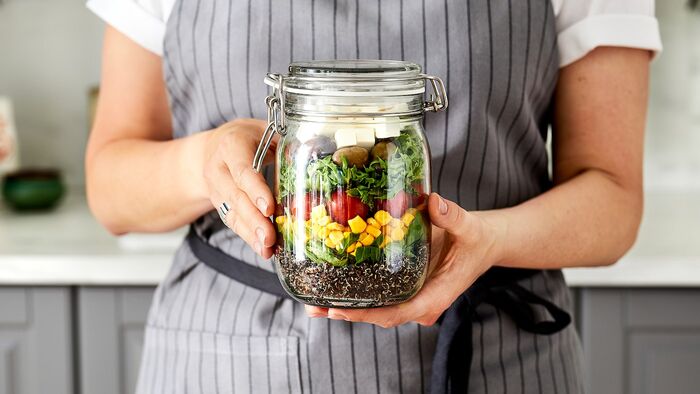
Types of Food
There are various traditional methods of food storage that are appropriate for different types of food. For instance, raw vegetables, fruits, eggs, meat and dairy products are perishable foods. This means that you need to hold them at refrigerator temperatures and consume them within a week. On the other hand, semi-perishable (dry mixes, grain products, flour) and non-perishable (canned goods, spices, beans) foods can remain unspoiled for longer periods of time.
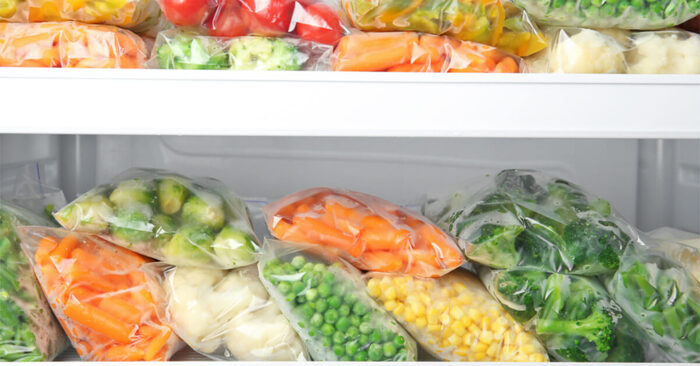
#1. Freezing
Freezing is a great food storage method if you want to preserve chopped fruits, blanched vegetables, coffee grounds, etc. In addition, you can also freeze oats, baby purees and even soups. So, instead of buying frozen meals from the grocery store, we encourage you to freeze homemade meals if necessary. Yet, keep in mind that there might be changes in texture and taste when you freeze food and that you still need to consume the products within a reasonable amount of time.

#2. Fermentation
Next, we recommend fermenting foods if you want to enhance your immunity and digestive system. Thanks to the process of Lacto-fermentation you can not only preserve but also boost nutrients in food. Unfortunately, this is one of the food storage methods that require significant care, as well as the usage of a lot of salt.
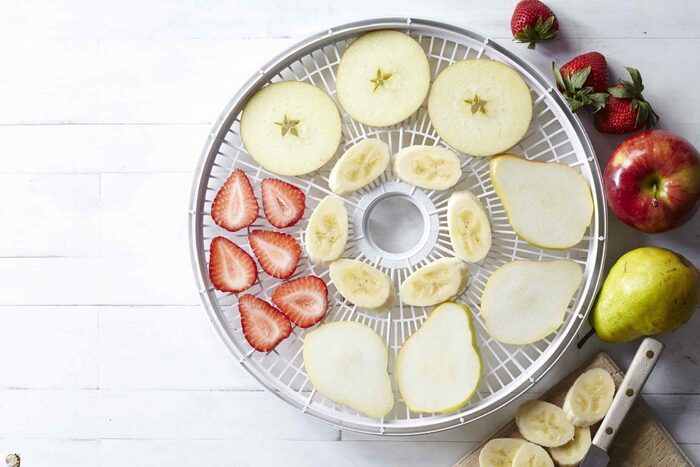
#3. Drying
If you want to specifically preserve herbs, vegetables and fruits, you can also use dehydration (drying). Removing water from fresh food allows you to increase its flavor and save space. Nevertheless, have in mind that thiamin, vitamin C and A are sensitive to air and heat. On top of that, drying requires time and takes manual work (slicing, coring, etc.).
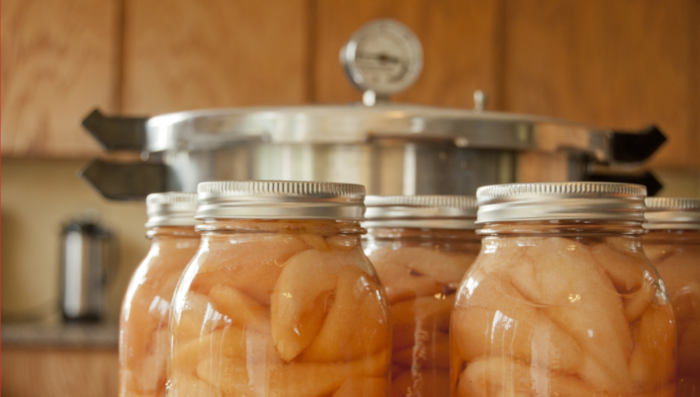
#4. Canning
If you are looking for cost-effective food storage methods, then consider canning. You can use this method for preserving baby purees, jellies, jams, vegetables, etc. In order to prevent bacterial growth, you will need to process canning jars by using a pressure canner or by boiling water.
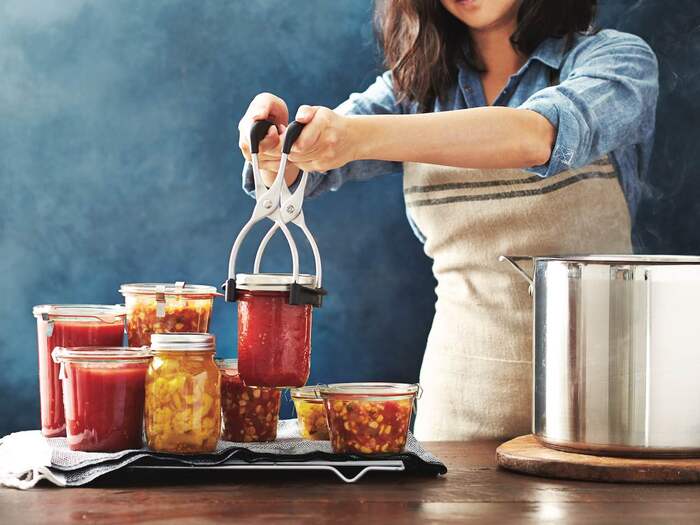
Despite the benefits of this method, keep in mind that canned preserves may lose some of their nutrients and flavours. In addition, it is not uncommon for mould to grow on the surfaces of sweet foods such as jams.
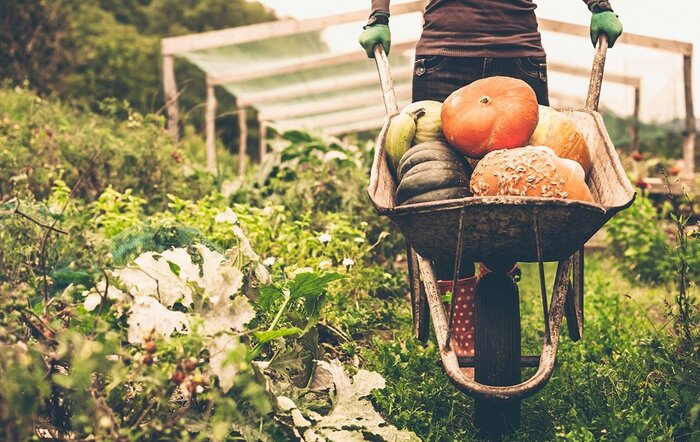
#5. The Jar Method Food Storage
Last, but not least, we want to say a few words about a new method called the Jar Method. It is developed by a vegan power couple (Erin and Roe) who found a way to shop once a month, save money and prevent waste before they even go shopping. Now they help people preserve their produce, as well as keep their promise to themselves about eating at home even when they don’t feel like cooking.
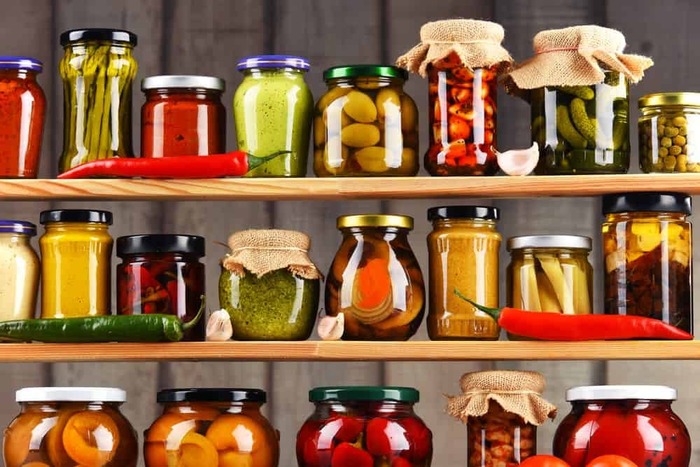
To sum up, if you want to find the food storage method that will best serve your needs, you have to pay attention to numerous factors. These include the food itself, its ripeness and freshness, the temperature before and during storage, the type of packaging or storage container, as well as the humidity level. So, we encourage you to choose the most appropriate food storage methods depending on the specific situation.


























